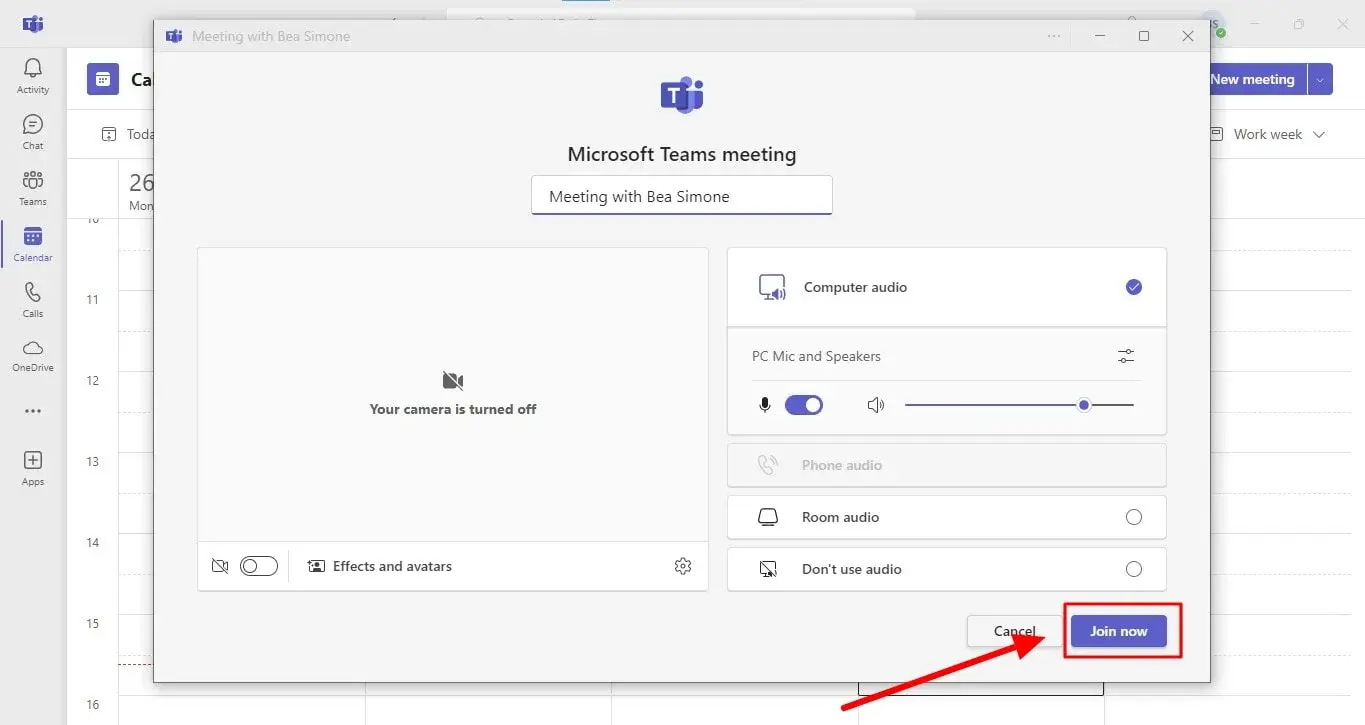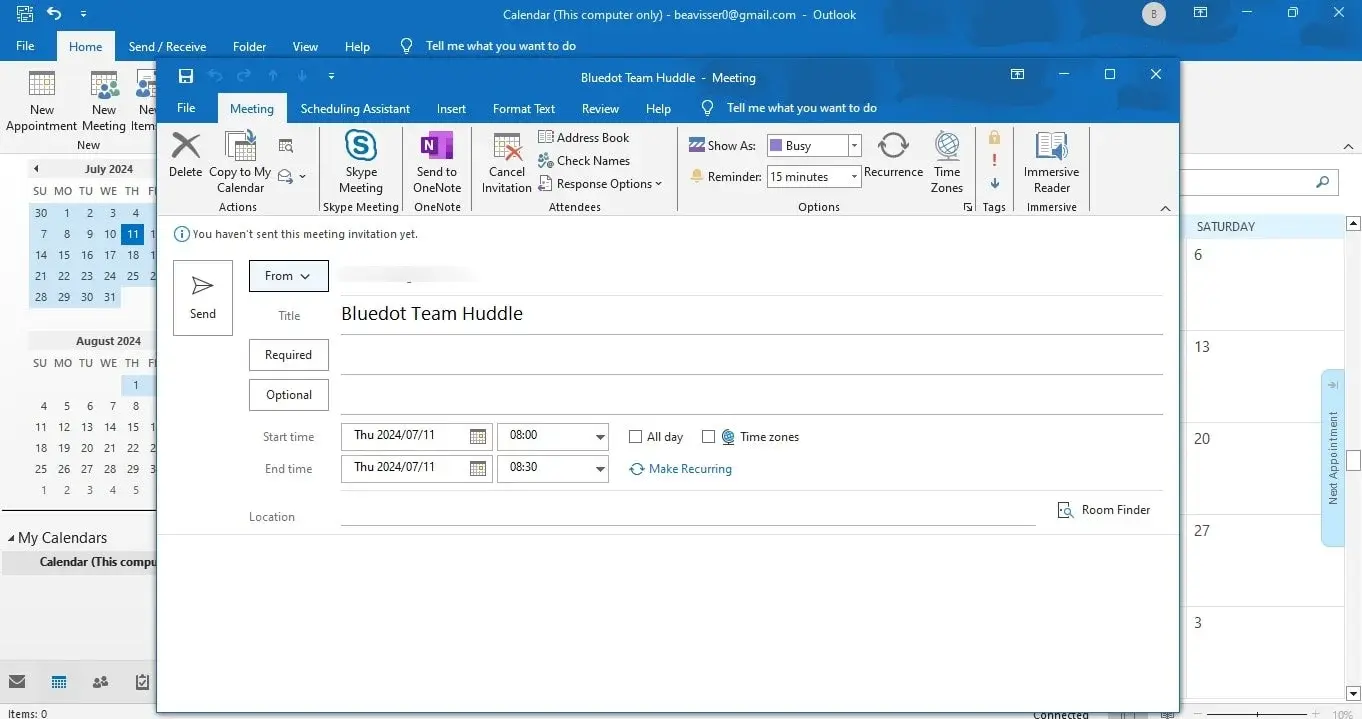- Scheduling meetings in Teams makes it easier to manage, collaborate, and coordinate virtual teams.
- Teams offers integration with Outlook and Google Calendar, assistants of programming and dial-up options.
- The platform includes advanced features for recurring meetings, categorization, and mobile management.
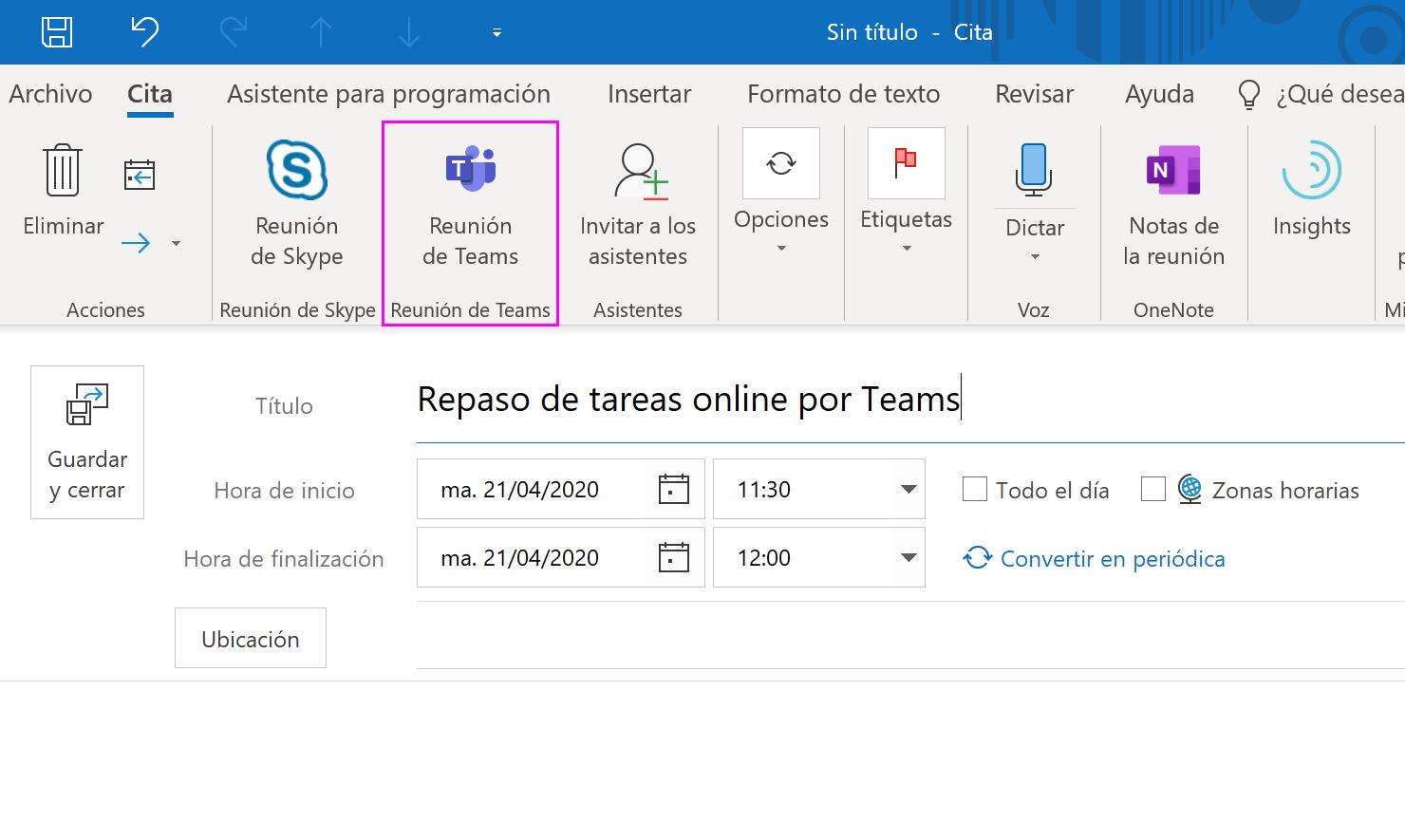
Organizing effective meetings is essential for team and project management, especially in hybrid or remote environments. Microsoft Teams It has become one of the favorite tools for scheduling virtual meetings, thanks to its integration with other services, ease of use, and advanced options that adapt to both professional and individual users.
If you've come this far looking for the most comprehensive and up-to-date guide on how to schedule meetings in Teams, both in the classic version and in Teams Free, you've come to the right place. Below you will discover all the steps, Tricks and recommendations to make your meetings a success, from creating one-time events to managing recurring meetings, using scheduling assistants, or linking Teams with Outlook and Google Calendar.
Why schedule meetings in Teams? Benefits and advantages
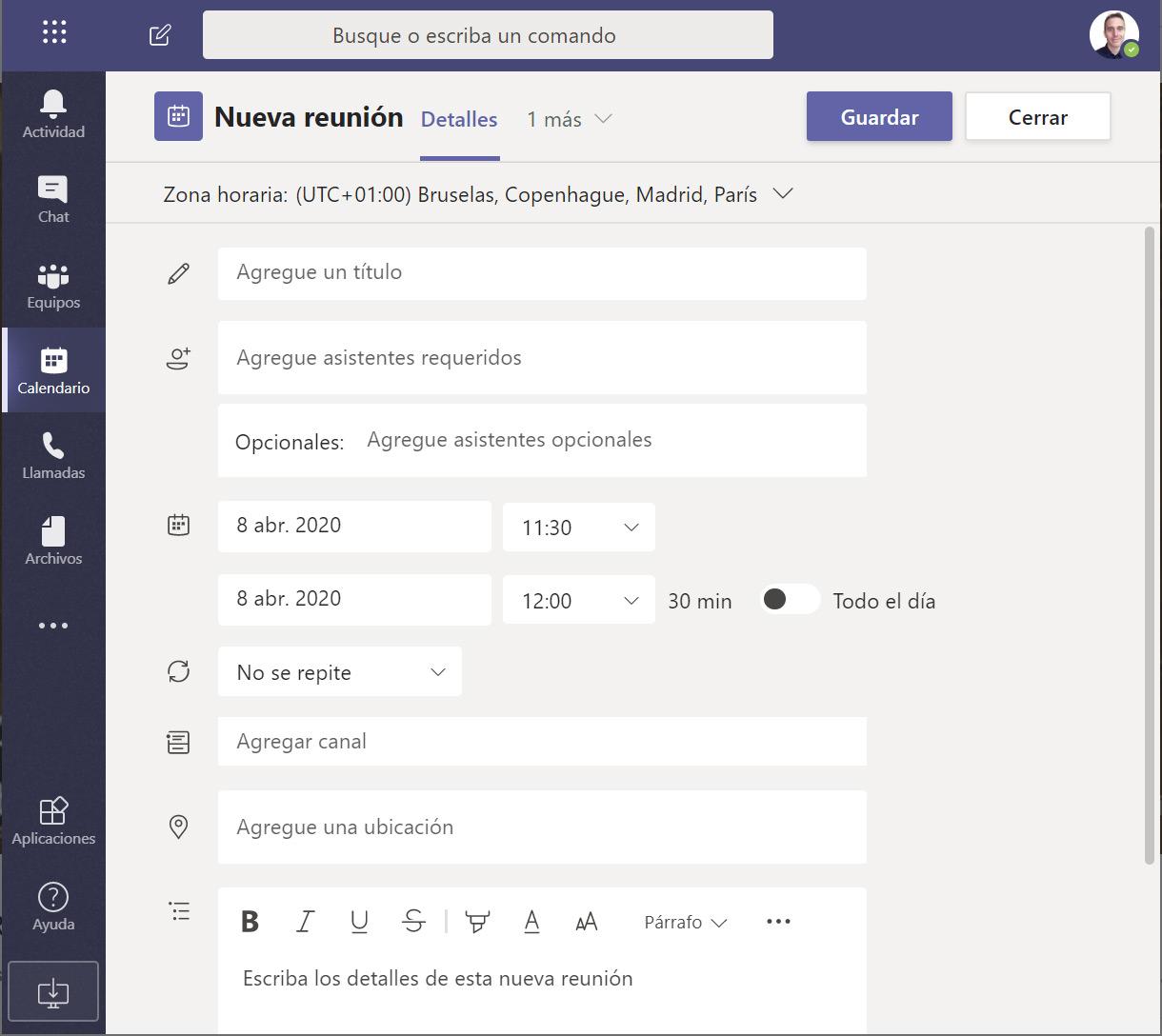
Microsoft Teams lets you bring your team, colleagues, or family together in a simple and fluid way, facilitating real-time collaboration thanks to its integration with other applications and calendars. Scheduling a meeting not only helps you stay organized and set clear goals, but also ensures that all attendees have access to the link, relevant details, and can confirm their attendance or change their availability.
Among the advantages of Teams are:
- Automatic synchronization with Outlook calendar, facilitating visibility and event management.
- Large attendee capacity: up to 1000 active guests and 10.000 in read-only mode for large presentations.
- Advanced programming tools, such as the Assistant to find the best time slot for everyone.
- A variety of options for sharing meeting links, adding dial-in numbers, or color-coding events.
- Compatibility on both web, desktop and mobile app, allowing you to manage your meetings from anywhere.
How to create a meeting in Microsoft Teams step by step
Scheduling a meeting in Teams is very easy, and you can do it from several platforms: the desktop app, the web version, the mobile app, Outlook, or even Google Calendar via the official add-in. Let's review the most common method and some additional tips for each scenario.
From the Teams app or web
- Open Microsoft Teams and access the calendar, located on the left sidebar.
- Click on "New Meeting" to create a new event.
- Fill in the basic meeting details:
- Meeting Title (descriptive so everyone can identify it).
- Start and end date and time, plus the “All Day” option if you need it.
- Add participants writing their names, emails or, if they are external, the complete email address (for example: juan@example.com).
- Location (optional) and details or agenda of the meeting.
- You can assign color categories from the top bar of the form., which will help you have a visually organized calendar.
- Select "Send" to save the meeting and notify attendees.Everyone will receive an invitation with a link to join.
All events scheduled in Teams will also appear in Outlook and vice versa. if you have your accounts synchronized, so you'll never lose sight of a meeting.
How to invite attendees and manage their participation
In addition to adding mandatory attendees, You can designate some as optional (useful for complimentary guests) or easily invite people outside your organization by entering their full email address.
Teams allows up to 1000 active participants and up to 10.000 in read-only mode., which is ideal for webinars, training sessions, or large events. After clicking "Send," guests will receive a direct link to join via email.
Scheduling Assistant: Find the best time for everyone
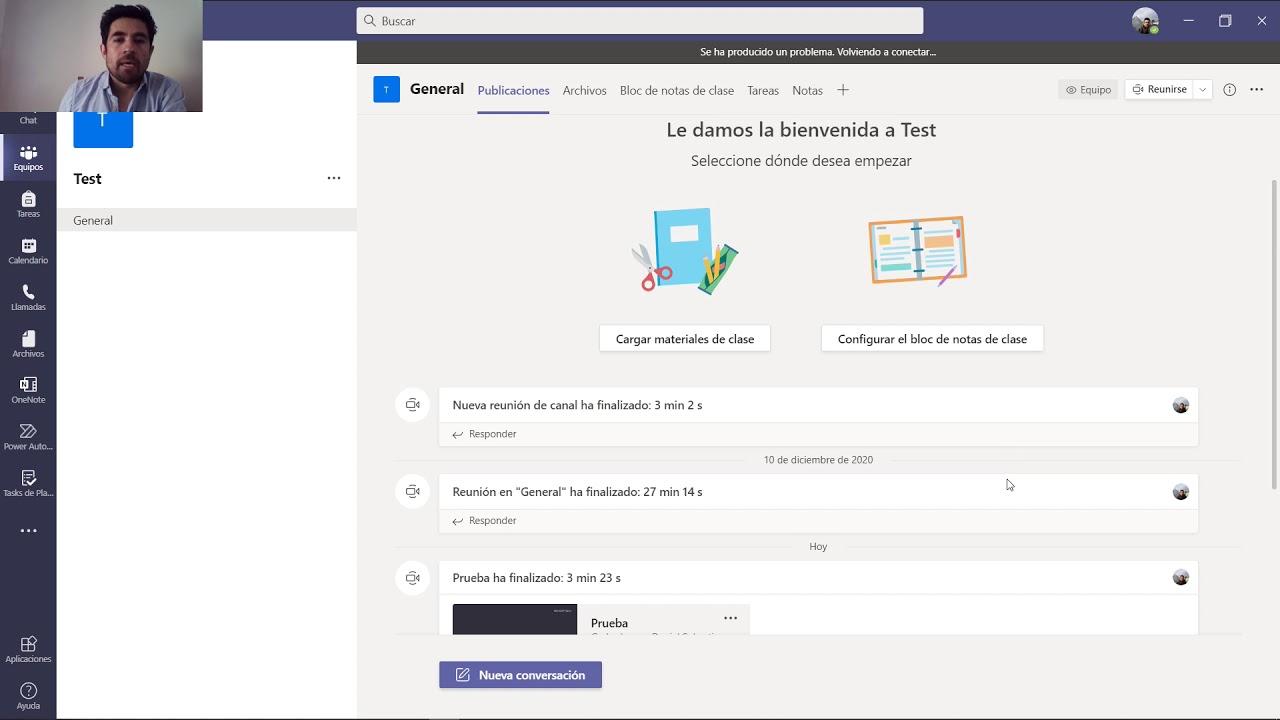
One of the most appreciated functions is the Programming Assistant, accessible at the top of the meeting creation form.
This tool shows you in a grid the availability of all guests, their time zones, and whether they have other events in the same time slot. This way you can check at a glance when they are free and avoid overlaps.Shaded areas indicate attendees are busy; light areas indicate their availability.
When you see a common slot, set the time and press "Send" to confirm the appointment.
Sharing a meeting link and additional options
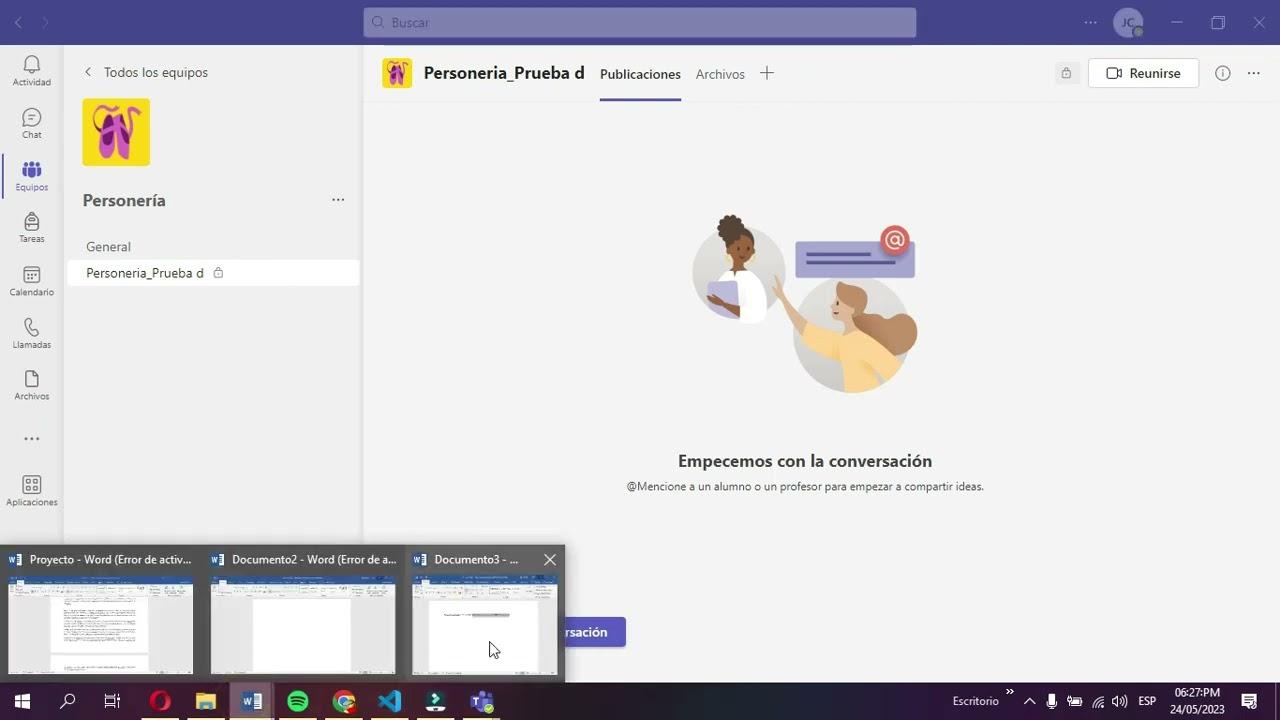
If you simply need to share the meeting link without adding participants individually, Teams makes that easy too.
- Create the meeting or access it from your calendar in Teams.
- The link appears visible as a URL, which you can copy with the "Copy" button and send it by email, WhatsApp or the route you prefer.
This is very useful for open events, exhibitions, or meetings where you don't have the email addresses of all attendees.
Add dial-in and conference numbers
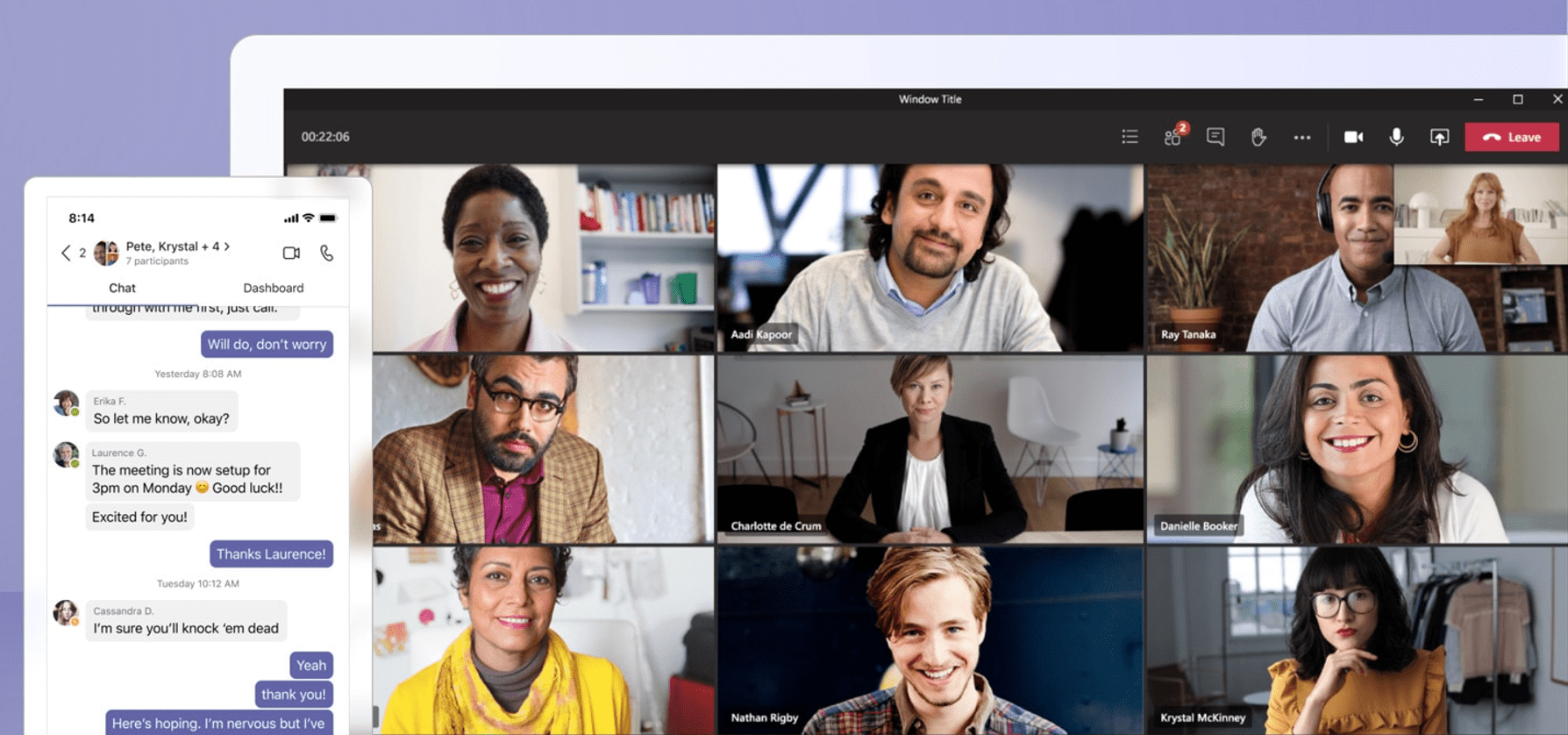
Occasionally, some guests prefer or can only join the meeting by phone.Teams allows you to include a local dial-in number and conference ID in your invitation, and if you schedule the meeting from Outlook, these details are automatically added.
This is especially useful for companies with international locations or attendees who are on the go and don't have data or Wi-Fi.
How to categorize and organize meetings in the calendar
You can apply color categories to your meetings to quickly identify them by type, priority, or department.This way, your calendar will be much clearer visually.
- Right-click the event in your Teams calendar.
- Select “Categorize” and choose the color or category.
- You can also categorize a meeting when scheduling it, by clicking "Category" at the top of the form.
This option is very useful if you manage many weekly meetings, as you can distinguish between internal meetings, client meetings, training sessions, etc., at a glance.
Reschedule meetings and update events from Teams
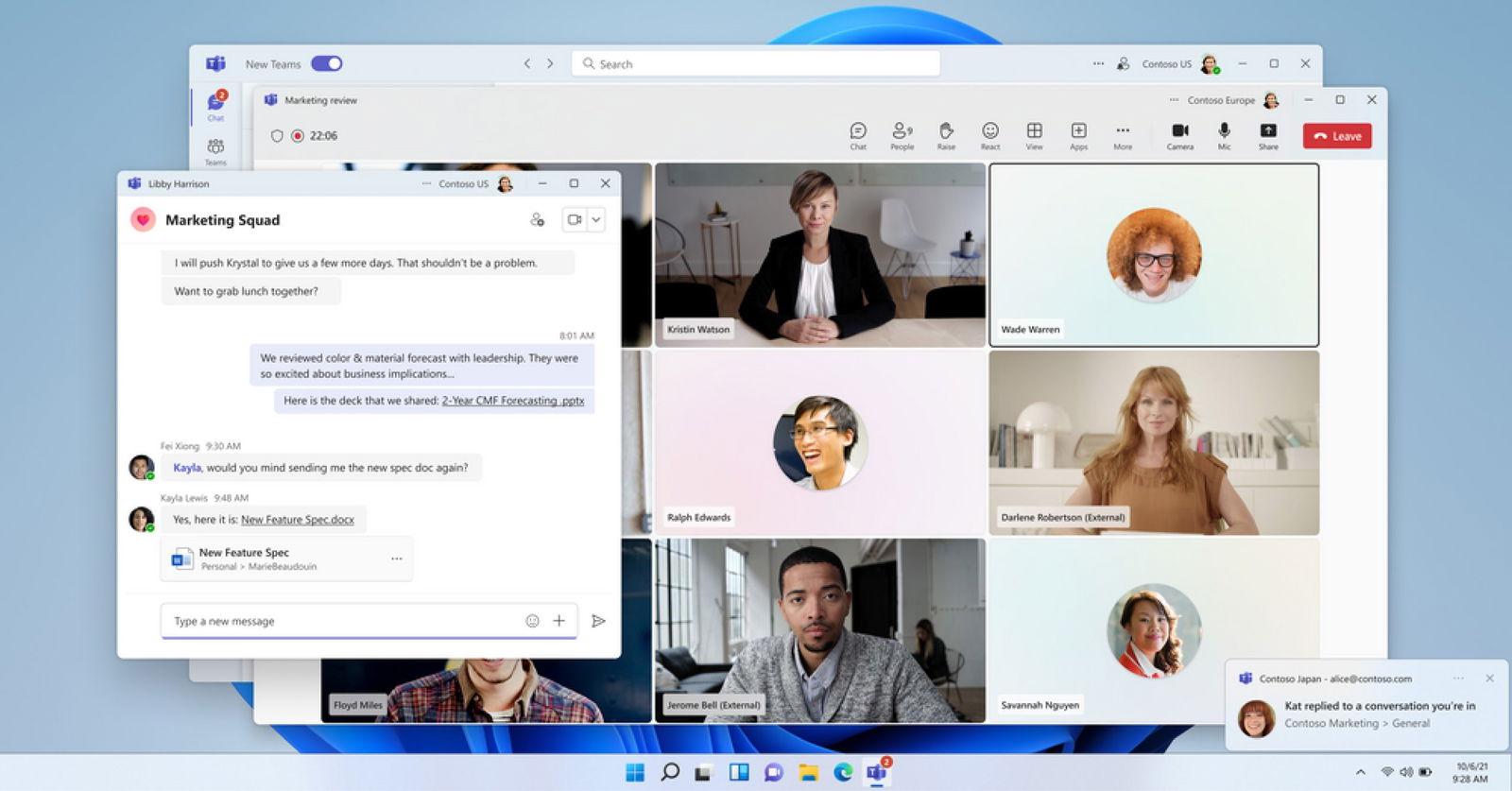
If something unexpected happens and you need to change the time of a meeting, Teams makes it really easy.
From the calendar, you can drag the event to a new time slot or open the details, select a different time, and click "Send Update." Attendees will receive an instant notification, and the meeting will be updated on all connected calendars.
Before changing the time, Teams informs you about the availability of your guests, avoiding overlaps or unexpected absences.
“Show As” status management and assistance
The organizer has the option to change the “Display As” status (e.g., Busy, Out of Office, Free, etc.) so attendees know how the meeting will appear on their calendars.
- Go to the meeting details and select “Show as.”
- Choose the appropriate state based on importance or preference.
Participants can customize their own status by right-clicking the meeting in the calendar and choosing a different option if desired. By default, all meetings appear as "Busy."
Edit and view meeting details in the mobile app
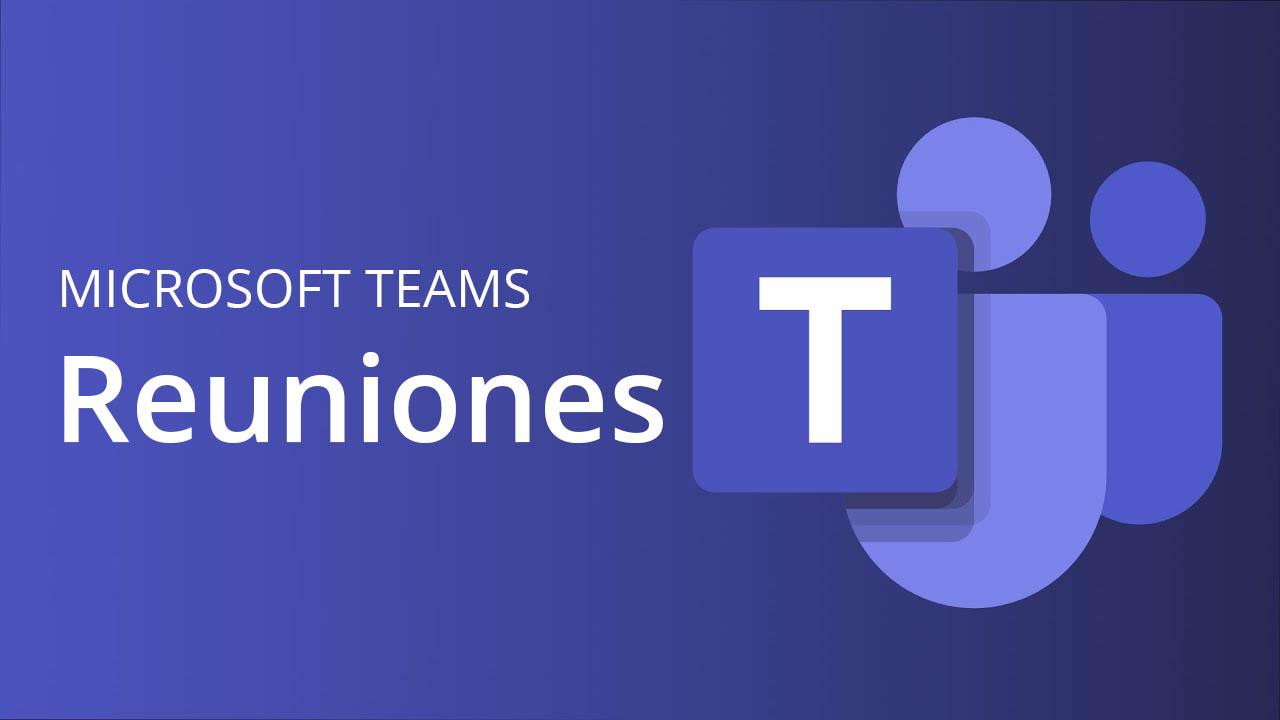
The Teams mobile app lets you view, edit, and manage your meetings anytime.. You just have to follow these steps:
- Open Teams on your phone and access your calendar.
- Click on the meeting you want to modify.
- If you're the organizer, tap "Edit," make any necessary changes, and select "Done" to submit the update.
A very practical feature for users who travel or need to make quick changes on the fly.
How to use Microsoft Teams Free to schedule meetings
If you don't have the professional version, Teams Free also allows you to organize video calls, classes, study groups or family meetings easily.Here are the main steps:
- From the "Meet" tab, choose "Schedule a meeting".
- Assign a title and add participants by entering their name, email or phone number..
- Set the date, time, duration, repetitions if necessary, privacy, who can skip the waiting room and who can present.
- Click "Save" to finish programming.All guests will receive an invitation with the link, details, and pre-chat options.
In Teams Free, attendees can accept the invitation and join directly without waiting in the waiting room, depending on your settings.If you add the event to your personal calendar in Outlook, the details will be available to all attendees.
Create instant meetings in Teams for free
For last-minute meetings or quick conversations, you can use the Instant Meeting option from the Meet tab. Just enter a title and share the link under Meeting Links.
Regular or recurring meetings in Teams
Recurring meetings are the best way to keep teams, classes, or groups connected on a regular basis.Teams allows you to set up meetings that repeat daily, weekly, or monthly, with the same link and details every time.
- In the new meeting form, activate the “Recurring Meeting” option.
- Choose the frequency (for example, every Monday and Wednesday at 10:00), and set the end date or repeats.
- Click “Save” and add attendees just like you would in any meeting.
Recurring meetings retain the same link, making them easy to access, and can be set to allow automatic recordings if needed.They are ideal for follow-up updates, classes, or project meetings.
Schedule Teams meetings from Google Calendar
Teams has a Google Workspace add-on that lets you schedule, view, and edit meetings directly from Google Calendar.This is especially useful if your company or facility uses Google services.
- Install the Teams add-on for Google Calendar and access your usual calendar.
- Choose a time slot and select "Add conference > Teams meeting".
- Add guests, location, description and adjust notifications if needed..
- Press "Save", and the event will appear in your Google Calendar with the link to the Teams meeting.
If you want to ensure that all members of an organization have access, IT administrators can authorize the add-in for all users., managing permissions directly from the Google Workspace console.
Passionate writer about the world of bytes and technology in general. I love sharing my knowledge through writing, and that's what I'll do on this blog, show you all the most interesting things about gadgets, software, hardware, tech trends, and more. My goal is to help you navigate the digital world in a simple and entertaining way.
